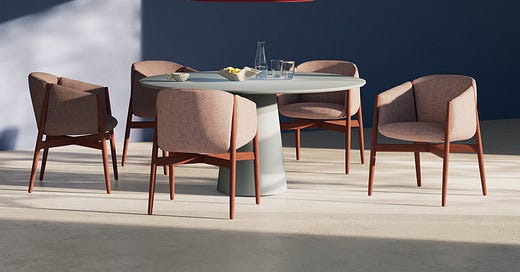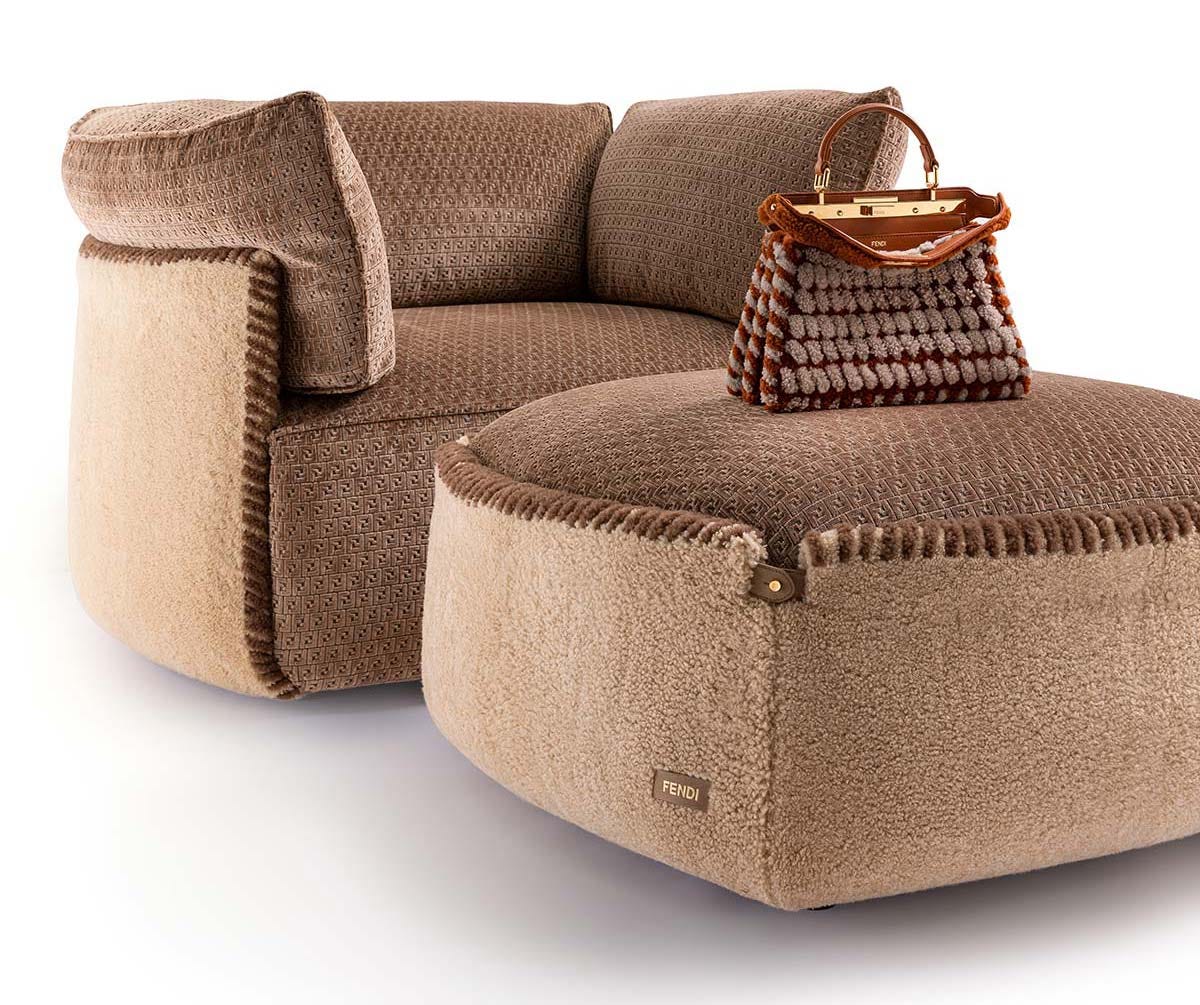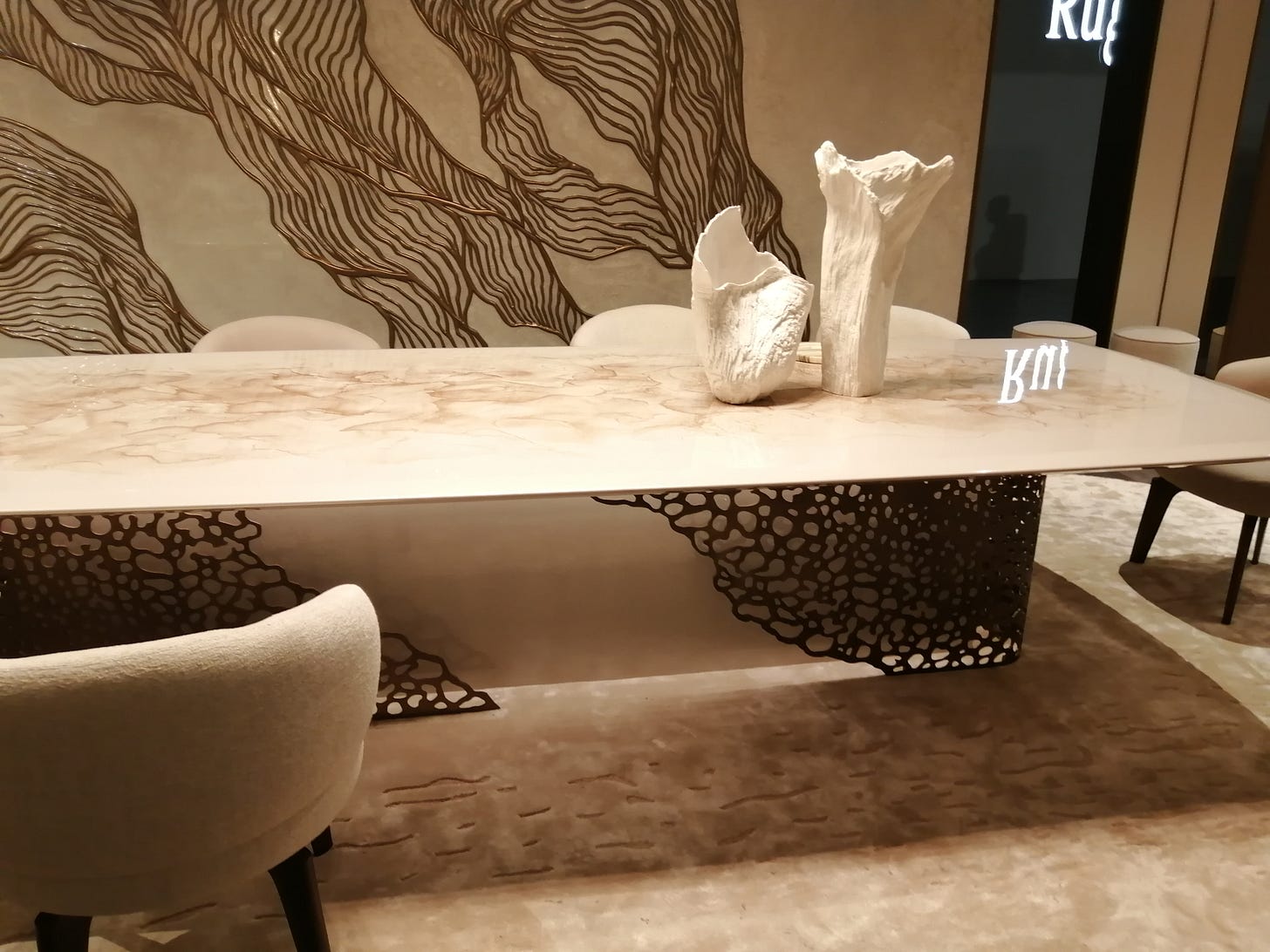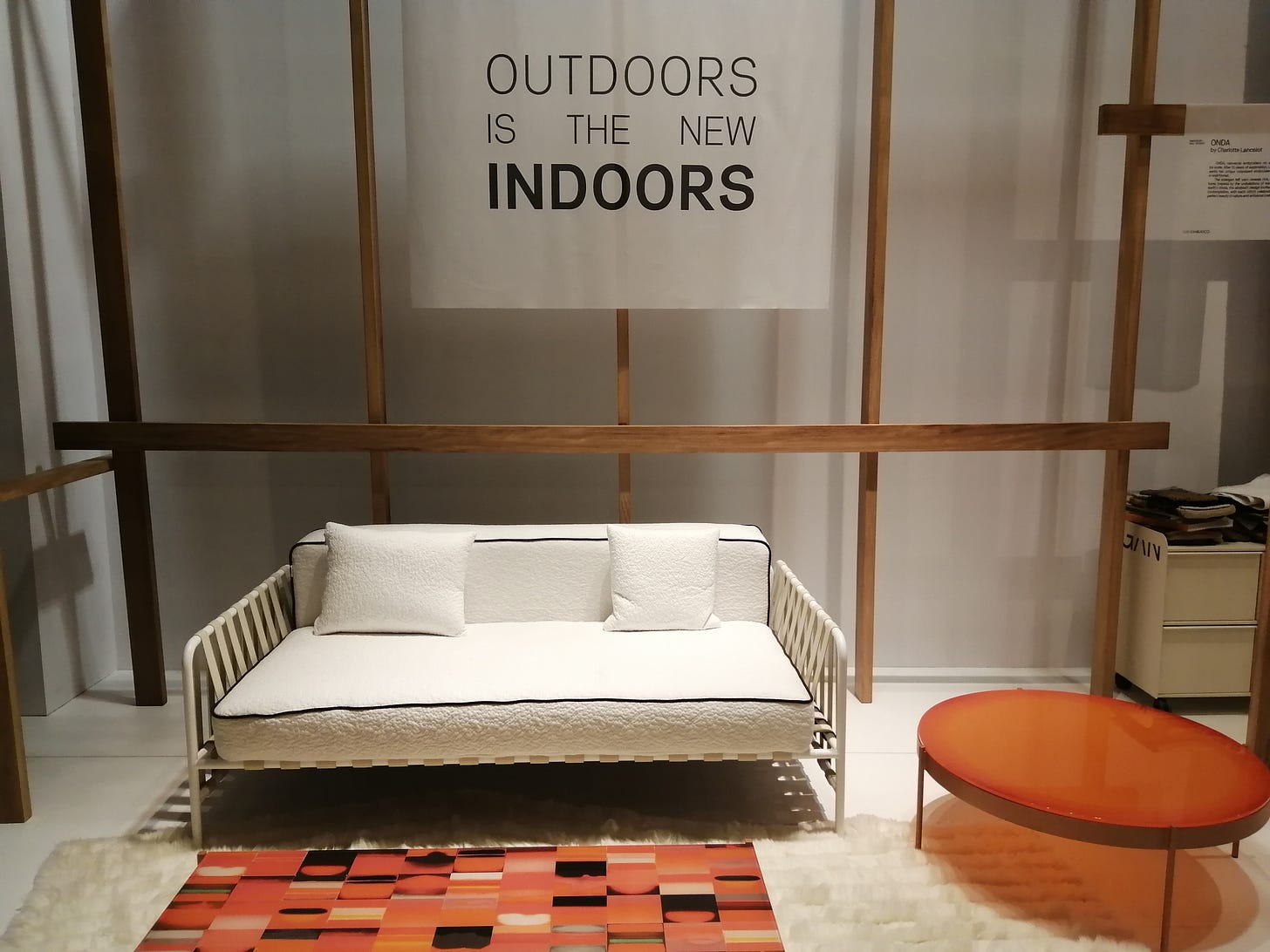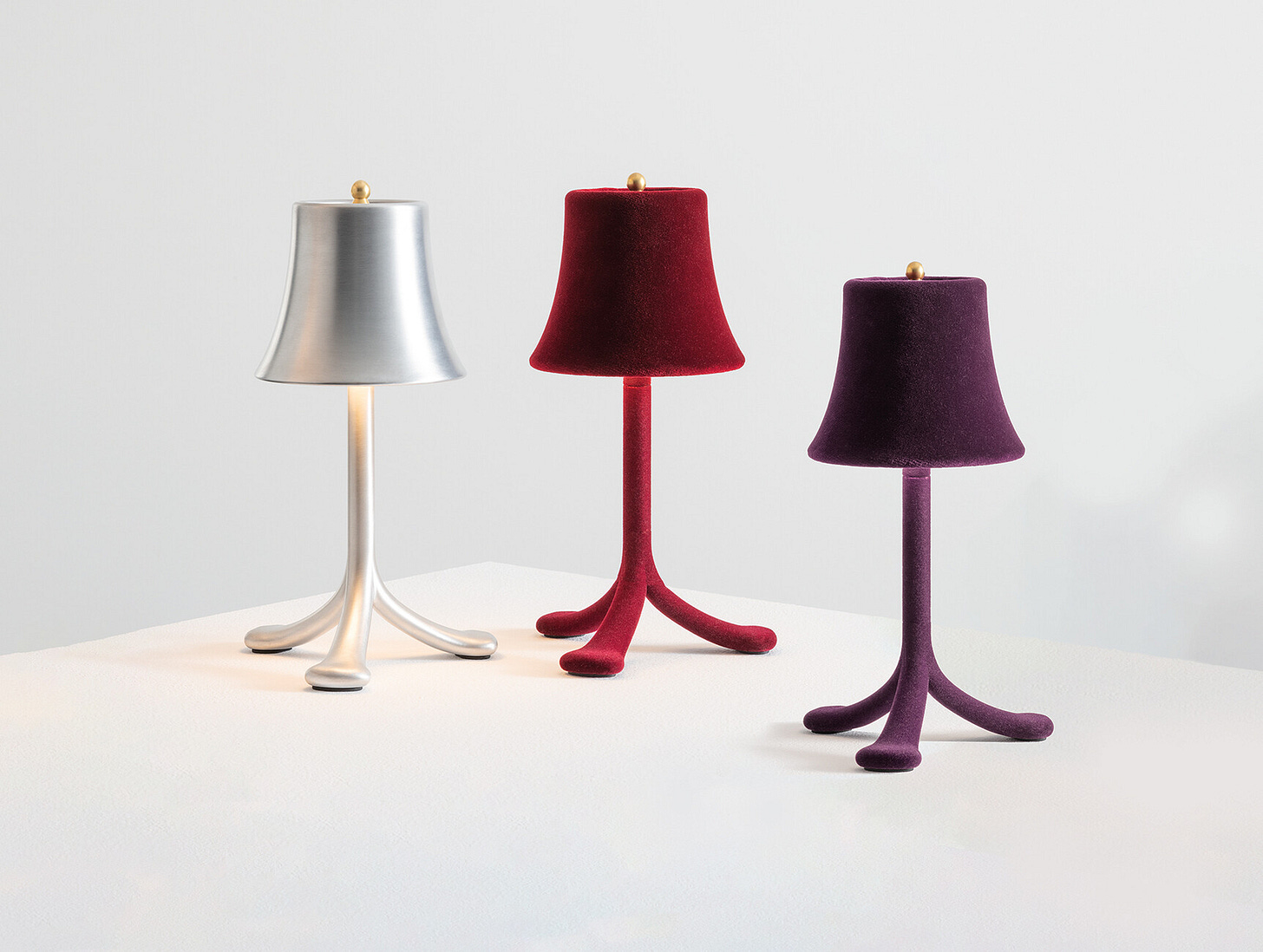Amidst severe market turbulence, Salone del Mobile, the annual furniture fair in Milan, together with the biennial Euroluce light show, attracted just over 300,000 visitors in early April in the Italian capital of design. From large-scale installations to product launches and exhibitions in museums and galleries, Milan Design Week 2025 reaffirmed its role as a compass and an indispensable source of inspiration in the world of design.
2,103 exhibitors from 37 countries presented their ideas at Salone del Mobile, 306 of which participated in the Euroluce lighting biennale. The trade fair team also organized an extensive accompanying program, including four special projects.
This year too, there were many inspiring new products, lots of color and a sense of luxury, but in terms of quality and materials, enjoyment, not showiness. There seems to be a psychological resonance in this embrace of materiality. In turbulent times, we seek refuge. And we create them – with coziness, plushness, spaces of comfort. Like the Peekasit upholstered furniture series, designed by Controvento, Studio Wanders, inspired by Fendi’s iconic Peekaboo bag. It impresses not so much with its clean and welcoming shapes as with its sheepskin and plush upholstery.
The magic of glass
Once again, some of the most impressive new furniture this year was made of glass, and again a lot of it – designed by Patricia Urquiola. Her new Opalia collection for Glas Italia draws inspiration from the textured surface of the moon, using recycled glass to create ethereal furniture with irregular, organic shapes - tables, vases and consoles made from layered glass scraps, enriched with additives to change the texture and appearance. The minimalist design features orthogonal planes joined by polished anodized aluminum in muted metallic tones. Opalia continues Glas Italia's commitment to circular design, expanding on the themes explored in Urquiola's earlier Babar collection - also made from 100% recycled glass grit bonded with renewable, plant-based polymers
A great example of this trend is The Pivot d’Hermes table, designed by Thomas Alonso and part of the new Hermes collection. It has a lacquered glass base in a range of colors and a Japanese cedar top, resembling a tray that can be rotated:
We also saw many huge dining tables, rectangular, round or oval, capable of holding a large number of people – as if showing our desire to gather peacefully again. Even a manufacturer like Kartell had such an offer, naturally in their usual material
Alchymia- Savannah table, my photo
Design that knows no spatial boundaries: furniture that can serve us equally well both indoors and outdoors. This is a trend that grows every year, both in terms of new designs and innovative materials resistant to weather conditions.
Of course, the highlight this year was Euroluce, the annual lighting exhibition. More than 300 international exhibitors showcased the latest developments and trends in lighting. In our increasingly digital and connected world, light plays a key role, shaping our perception of space, influencing our well-being and impacting sustainability at every level.
Trois rois - photo Artemide, design Herzog and de Meuron
The latest products presented at Euroluce were modular, intuitive and easy to install, designed to create welcoming spaces and contribute to the overall well-being of those who inhabit them. There was also a strong emphasis on sustainability, technological innovation and the preservation of the increasingly rare art of craftsmanship. But the Euroluce exhibition deserves a separate presentation, because the interesting new products and themes, as throughout the entire Design Week, were immense and will be the subject of another article.


